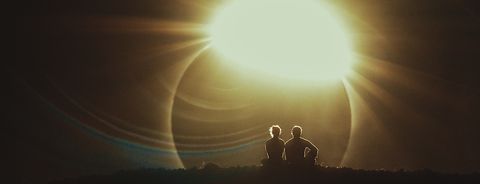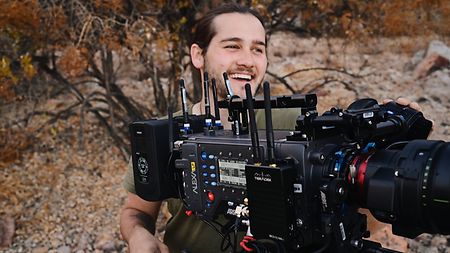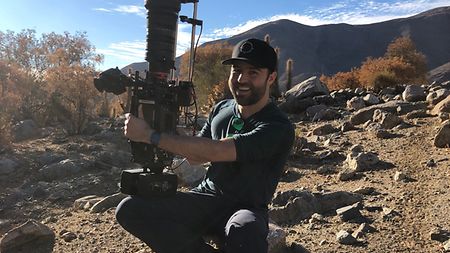How did you get that frame grab of the solar eclipse so quickly out on social media?
After we got the shot, I immediately jumped into a 4x4 with Ted Hesser and we took off. In the 20 minutes it took to drive to a nearby cliffside where we had cell phone reception, we offloaded the media, color-graded it, and took the frame grab—all while balancing our laptops on our knees.
You were also busy on social media while shooting…
Yes, I think this is very important for an independent film these days. We have a video on Gizmodo with behind the scenes footage and we are trying to keep everyone as well-informed as we can without giving away key story points, even if that means emailing our favorite camera manufacturer while driving in a 4x4 down the mountain.
What is next for you?
First, two hours of sleep. Then we will continue to travel and shoot the remaining 24 countries. Our last shot is planned for February 2020 in the Arctic.
Anything else?
Yes - Thank you, ARRI, for all your support and for making robust cameras that I can trust in a moment like this—I mean it. No matter how much you prepare, there’s always the stress factor of an unrepeatable moment. The less I had to think about the tools I was using, the more I was able to focus on getting the exact shot that Taron had envisioned and spoken about for the last six months—all within that extremely small 2-minute window of the solar eclipse. I appreciate the care and thought you guys put into everything you make.
Instagram: @NomadTheFilm
Facebook: @FilmingNomad
Website: http://nomad.film
Instagram: @kevingarrison
Website: www.kevingarrisondp.com
Article & Video on Gizmodo: https://io9.gizmodo.com/a-new-sci-fi-movie-had-2-minutes-to-capture-a-solar-ecl-1836080905





